[ad_1]
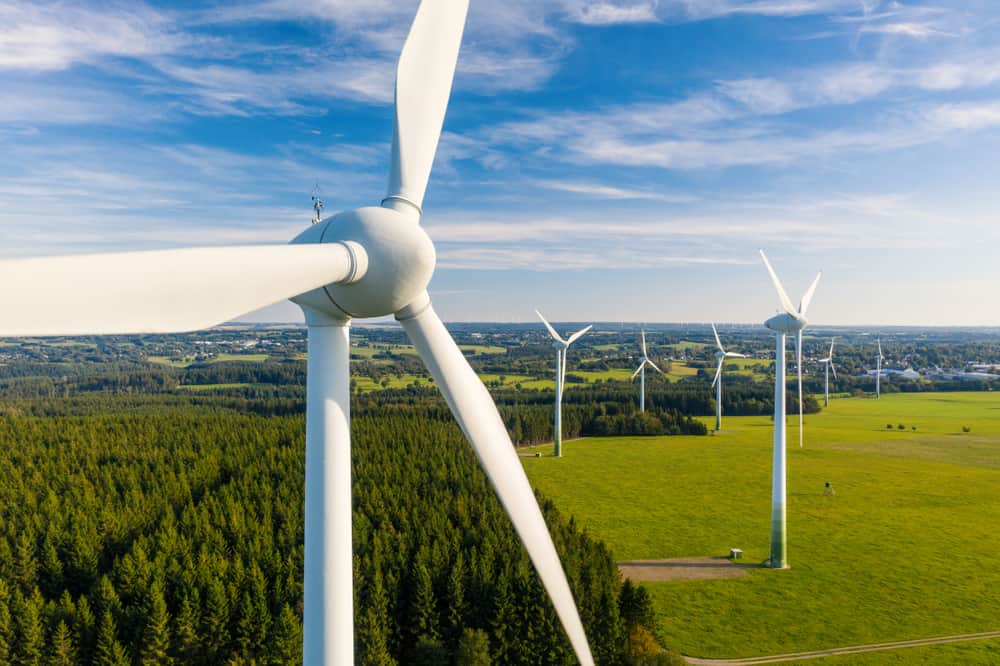
As the worldwide financial system continues to broaden, the necessity for power to maintain that development is rising as nicely.
Individuals and companies depend upon power for each side of life, from heating and cooling houses and workplaces to fueling transportation to powering home equipment and different conveniences of contemporary life. As demand will increase, power producers should discover methods to maintain up, both by rising manufacturing or by producing extra power from current inputs.
Power effectivity creates quite a few benefits for the financial system total. Shoppers and companies that depend on power profit from decrease costs as a result of it’s simpler to satisfy demand with decrease ranges of power manufacturing.
Utilities and different power producers can save on the price of energy production and transmission infrastructure with extra environment friendly technology. And extra environment friendly power use additionally has environmental benefits: environment friendly power manufacturing releases decrease ranges of greenhouse gasoline and different pollution, together with requiring much less water use.
With larger wants and these advantages in thoughts, companies and governments have developed extra instruments to advertise power effectivity in current many years. Utilities have developed extra environment friendly applied sciences for producing power and moved away from much less environment friendly gasoline sources. Many states and localities have adopted insurance policies like Energy Efficiency Resource Standards or extra stringent constructing codes to make sure continued enhancements in power effectivity.
Applications just like the LEED (Leadership in Energy and Environmental Design) certification for buildings and the federal government’s ENERGY STAR certification for client home equipment have helped increase requirements of power effectivity for a lot of facets of on a regular basis life.
However one of many largest elements enhancing power effectivity is a shift within the nature of the U.S. financial system. Traditionally, the U.S. generated a far larger share of its financial output from energy-intensive industries like manufacturing. Over time, extra of the financial system has shifted towards providers and know-how, which require far much less power enter, and the power depth of the financial system has declined over time.
In accordance with the U.S. Power Info Administration, the quantity of power consumption relative to GDP has decreased by 58% since 1950.
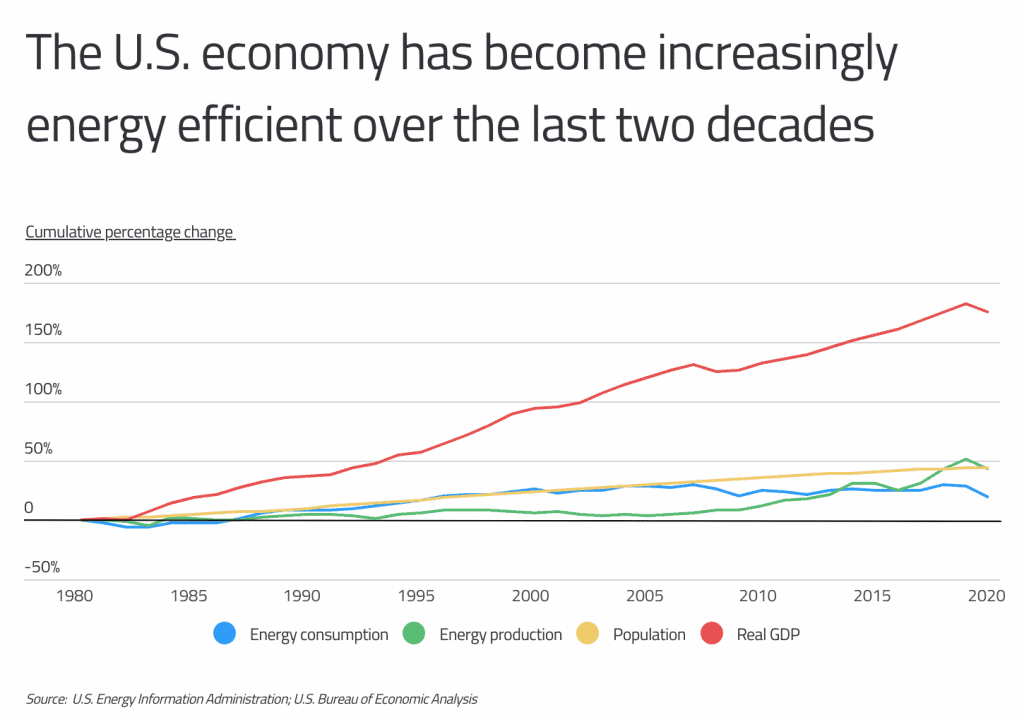
The results of these collective shifts has contributed to improved effectivity throughout the U.S. financial system. From 1980 into the mid-2000s, the expansion in power consumption largely tracked inhabitants development: because the U.S. added extra folks, it additionally consumed extra power. Since then, nonetheless, power consumption has begun to say no, whereas inhabitants and GDP have continued to develop.
The U.S. additionally has room to proceed enhancing within the effectivity of its power manufacturing, due to an more and more numerous — and extra environment friendly — mixture of power sources. Fossil fuels together with natural gas (34 quadrillion BTU), crude oil (23.6), and coal (10.7) represent a large majority of U.S. power manufacturing.
Nonetheless, power manufacturing from fossil fuels has moved away from extremely inefficient coal and towards more efficient natural gas in recent times, and different alternate options, together with renewables like wind, have grow to be a way more significant slice of the U.S. combine.

TRENDING
In case you’re unfamiliar with what to search for when selecting a dealer, you may need to see our seven key elements to contemplate, together with the account sorts supplied and the assorted charges. Get the remainder in our information to picking commodity brokers.
Within the meantime, some states are additional alongside than others in advancing power effectivity objectives. A number of elements clarify why. Most of the main states have stronger policies and standards regulating power effectivity in utilities, buildings, or merchandise like automobiles and home equipment.
Others have sped their transitions away from extra inefficient fossil fuels toward efficient renewable sources with new investments and rules. And a few profit from different financial and demographic elements, just like the aforementioned shift towards much less energy-intensive industries or densely populated city areas, which promote energy efficiency in buildings and transportation.
Collectively, these elements have put states like New York, Massachusetts, and California towards the highest of the record of most energy-efficient areas.
To find out the states with essentially the most energy-efficient economies, researchers at Commodity.com analyzed the newest knowledge from the U.S. Power Info Administration and the Bureau of Financial Evaluation. The researchers used this knowledge to rank states by their complete power consumption per GDP. As well as, the entire power consumption per capita, complete power consumption, and complete GDP have been offered for reference.
Listed below are the states with essentially the most energy-efficient economies.
States With the Most Power Environment friendly Economies
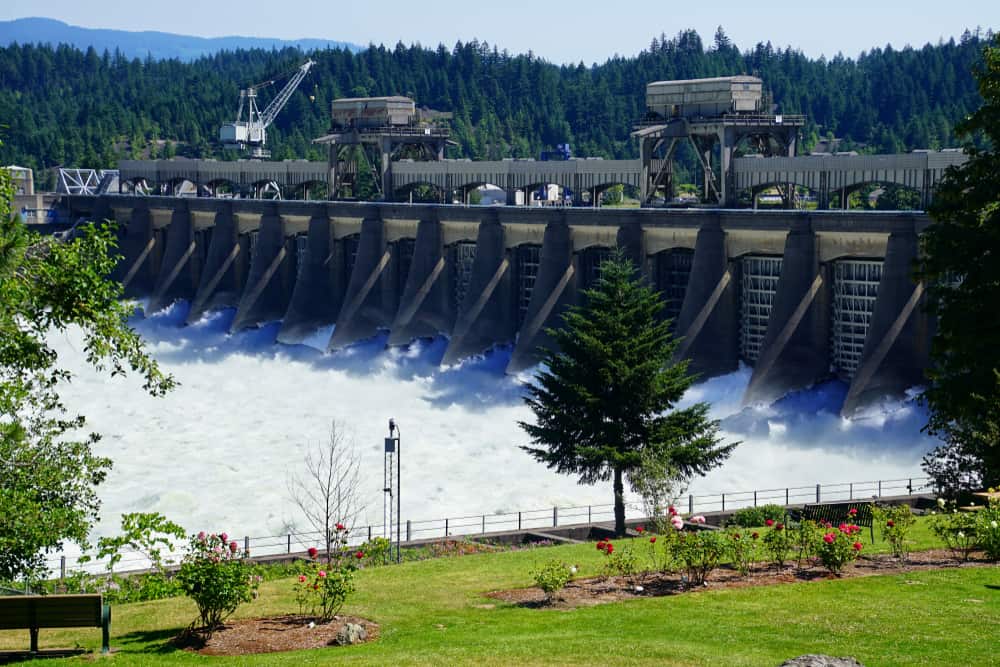
15. Oregon
- Whole power consumption per GDP (BTU per greenback): 4,168.3
- Whole power consumption per capita (million BTU per capita): 243.8
- Whole power consumption (trillion BTU): 1,028.1
- Whole GDP (billion {dollars}): $246.65
DID YOU KNOW?
Many brokers provide demo accounts, however the one from Plus500 stands out for 3 causes: You possibly can preserve it open for a vast time, you’ll be able to open one with out having to open an actual cash account, and it’s able to observe buying and selling inside minutes after the sign-up course of. Learn all concerning the good and unhealthy facets of Plus500 in our complete Plus500 review.
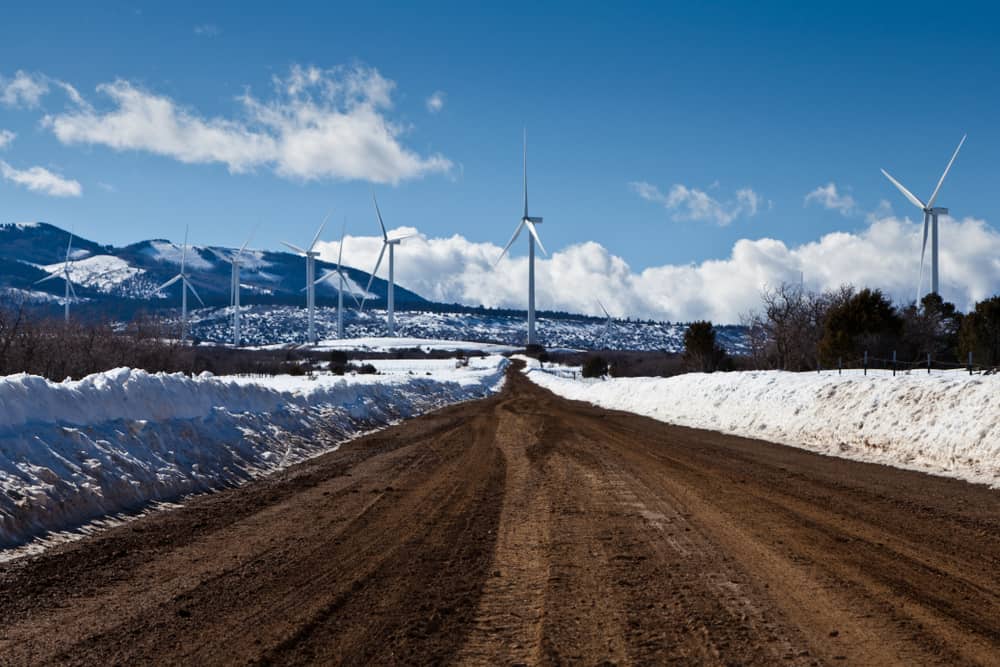
14. Colorado
- Whole power consumption per GDP (BTU per greenback): 4,019.4
- Whole power consumption per capita (million BTU per capita): 273.8
- Whole power consumption (trillion BTU): 1,576.5
- Whole GDP (billion {dollars}): $392.22

13. Vermont
- Whole power consumption per GDP (BTU per greenback): 4,011.4
- Whole power consumption per capita (million BTU per capita): 219.4
- Whole power consumption (trillion BTU): 136.9
- Whole GDP (billion {dollars}): $34.13
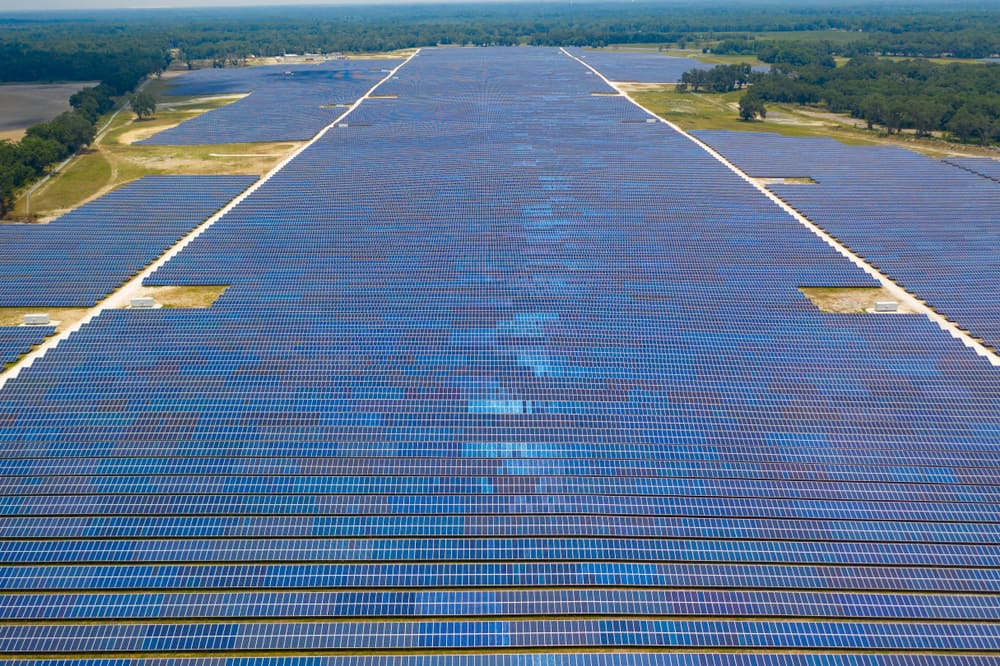
12. Florida
- Whole power consumption per GDP (BTU per greenback): 3,920.0
- Whole power consumption per capita (million BTU per capita): 203.8
- Whole power consumption (trillion BTU): 4,376.4
- Whole GDP (billion {dollars}): $1,116.44
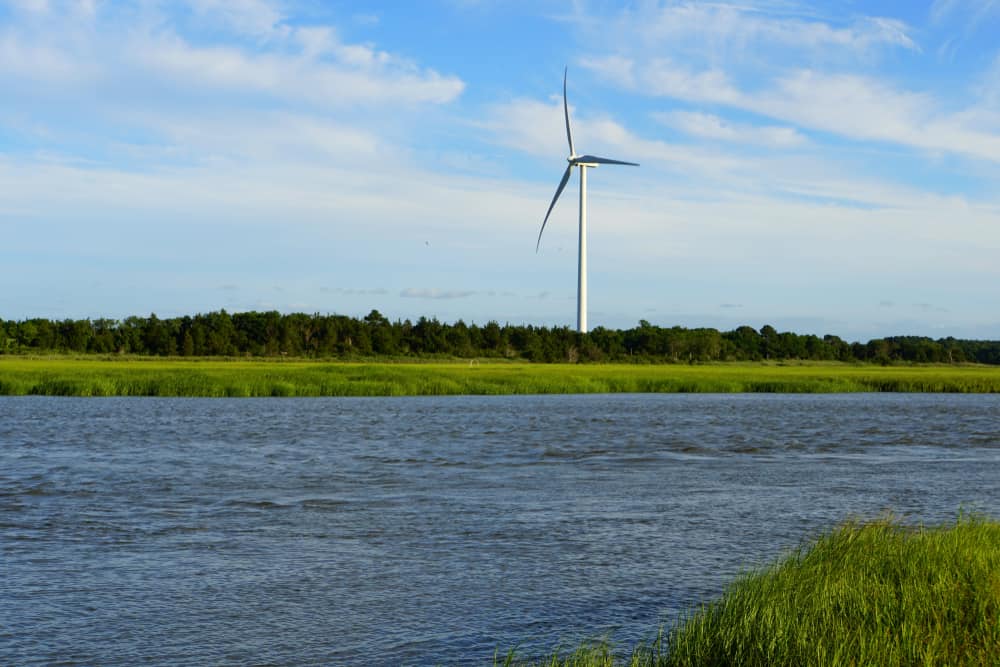
11. Delaware
- Whole power consumption per GDP (BTU per greenback): 3,848.5
- Whole power consumption per capita (million BTU per capita): 304.5
- Whole power consumption (trillion BTU): 296.5
- Whole GDP (billion {dollars}): $77.04

10. New Hampshire
- Whole power consumption per GDP (BTU per greenback): 3,654.5
- Whole power consumption per capita (million BTU per capita): 235.2
- Whole power consumption (trillion BTU): 319.8
- Whole GDP (billion {dollars}): $87.51

9. Washington
- Whole power consumption per GDP (BTU per greenback): 3,472.3
- Whole power consumption per capita (million BTU per capita): 272.6
- Whole power consumption (trillion BTU): 2,076.0
- Whole GDP (billion {dollars}): $597.87
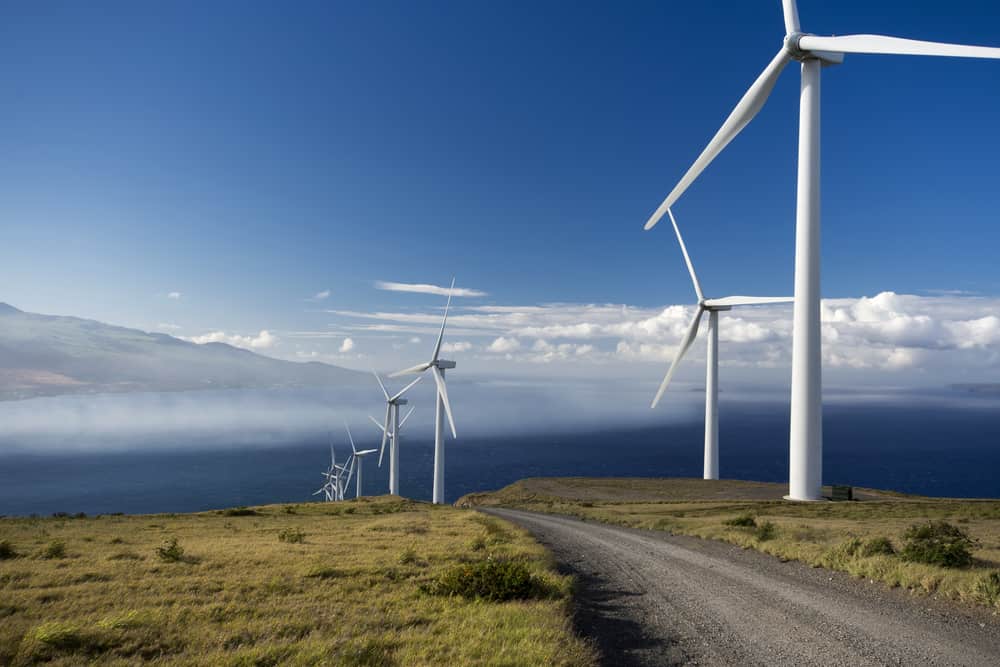
8. Hawaii
- Whole power consumption per GDP (BTU per greenback): 3,350.4
- Whole power consumption per capita (million BTU per capita): 217.2
- Whole power consumption (trillion BTU): 307.5
- Whole GDP (billion {dollars}): $91.78

7. New Jersey
- Whole power consumption per GDP (BTU per greenback): 3,285.1
- Whole power consumption per capita (million BTU per capita): 236.5
- Whole power consumption (trillion BTU): 2,100.6
- Whole GDP (billion {dollars}): $639.44

6. Maryland
- Whole power consumption per GDP (BTU per greenback): 3,208.2
- Whole power consumption per capita (million BTU per capita): 223.7
- Whole power consumption (trillion BTU): 1,352.6
- Whole GDP (billion {dollars}): $421.61

5. Rhode Island
- Whole power consumption per GDP (BTU per greenback): 3,103.4
- Whole power consumption per capita (million BTU per capita): 179.6
- Whole power consumption (trillion BTU): 190.3
- Whole GDP (billion {dollars}): $61.32

4. California
- Whole power consumption per GDP (BTU per greenback): 2,555.9
- Whole power consumption per capita (million BTU per capita): 197.5
- Whole power consumption (trillion BTU): 7,802.3
- Whole GDP (billion {dollars}): $3,052.65

3. Connecticut
- Whole power consumption per GDP (BTU per greenback): 2,554.6
- Whole power consumption per capita (million BTU per capita): 206.4
- Whole power consumption (trillion BTU): 736.0
- Whole GDP (billion {dollars}): $288.11
RELATED
With CFDs, merchants could make a revenue no matter whether or not an asset’s value will increase or decreases, so long as they predict the proper course — and pace — of the worth change. Right here’s extra info on CFDs and CFD brokers.

2. Massachusetts
- Whole power consumption per GDP (BTU per greenback): 2,474.3
- Whole power consumption per capita (million BTU per capita): 213.0
- Whole power consumption (trillion BTU): 1,467.9
- Whole GDP (billion {dollars}): $593.26

1. New York
- Whole power consumption per GDP (BTU per greenback): 2,169.0
- Whole power consumption per capita (million BTU per capita): 198.2
- Whole power consumption (trillion BTU): 3,855.9
- Whole GDP (billion {dollars}): $1,777.75
Methodology & Detailed Findings
To find out the states with essentially the most energy-efficient economies, researchers at Commodity.com analyzed the newest knowledge from the U.S. Energy Information Administration, the Bureau of Economic Analysis, and the U.S. Census Bureau.
The researchers used this knowledge to rank states by their complete power consumption per GDP.
As well as, the entire power consumption per capita, complete power consumption, and complete GDP have been offered for reference.
[ad_2]
Source link

